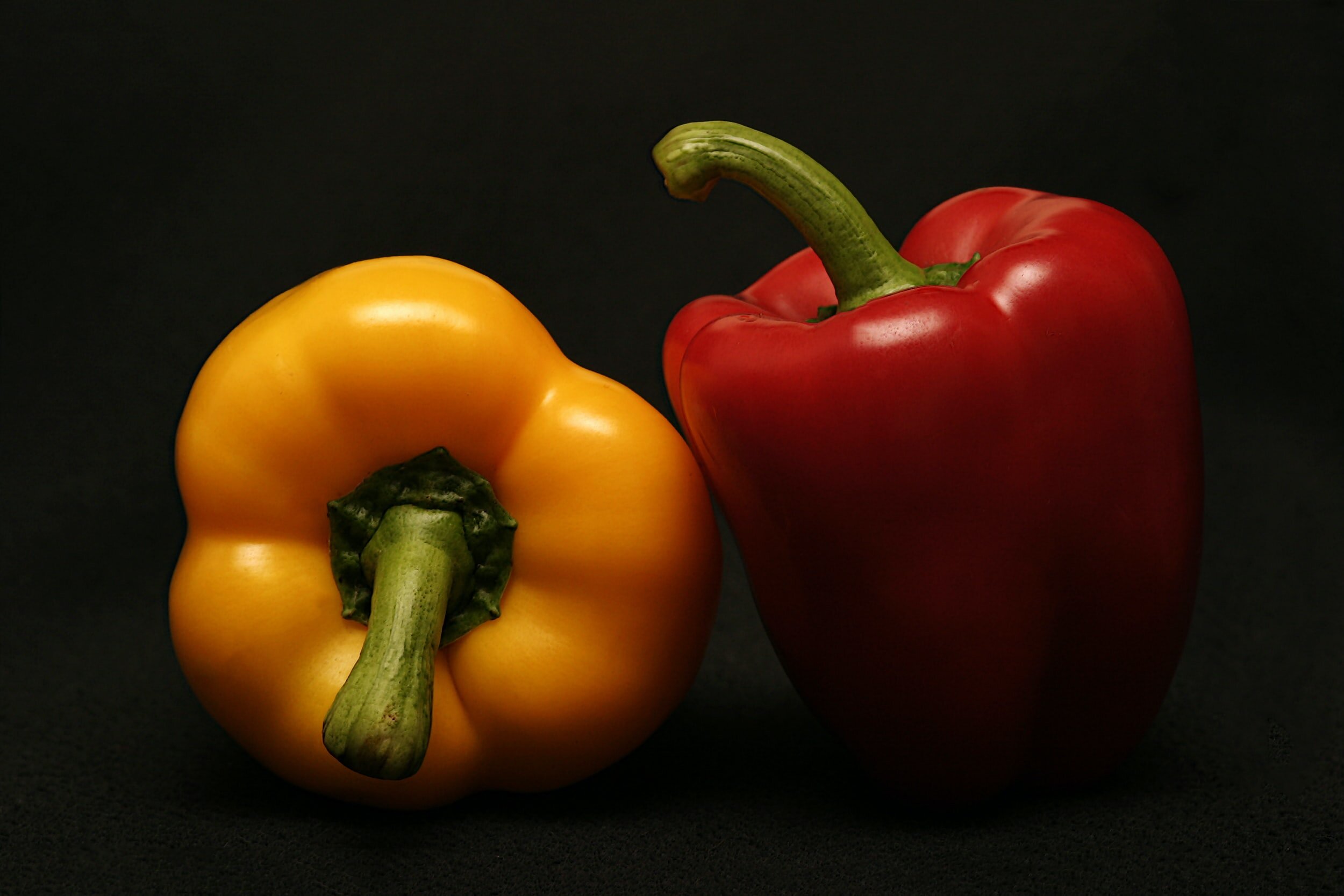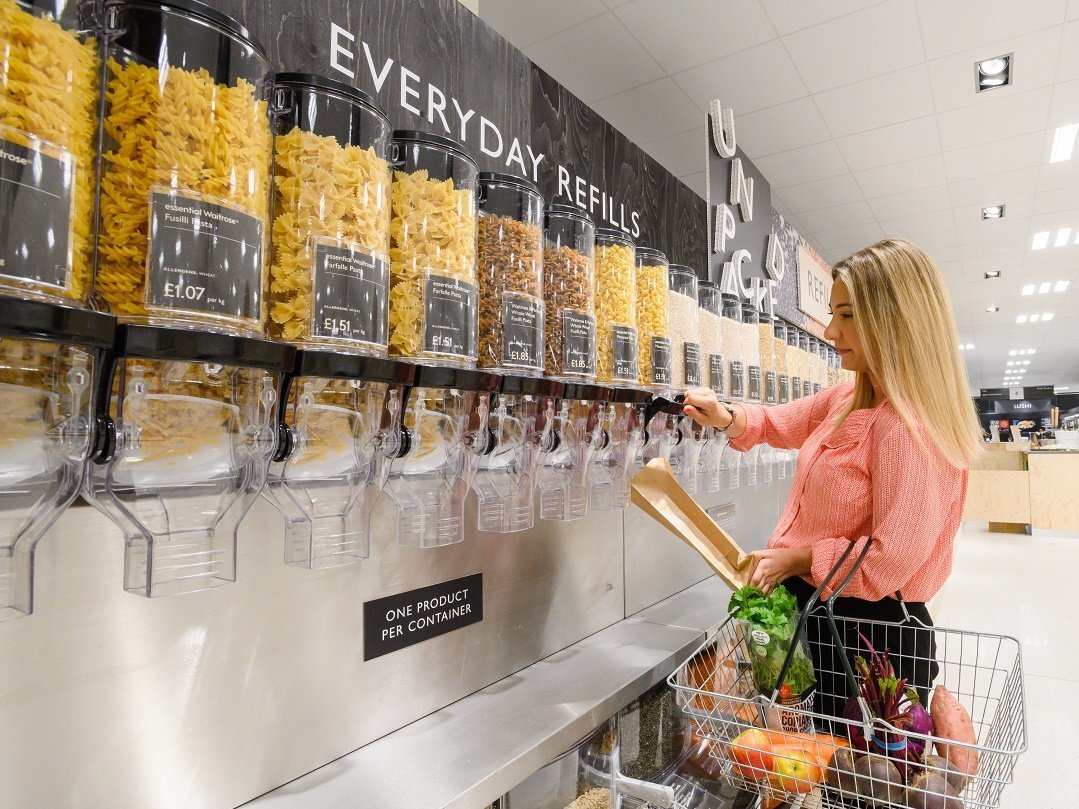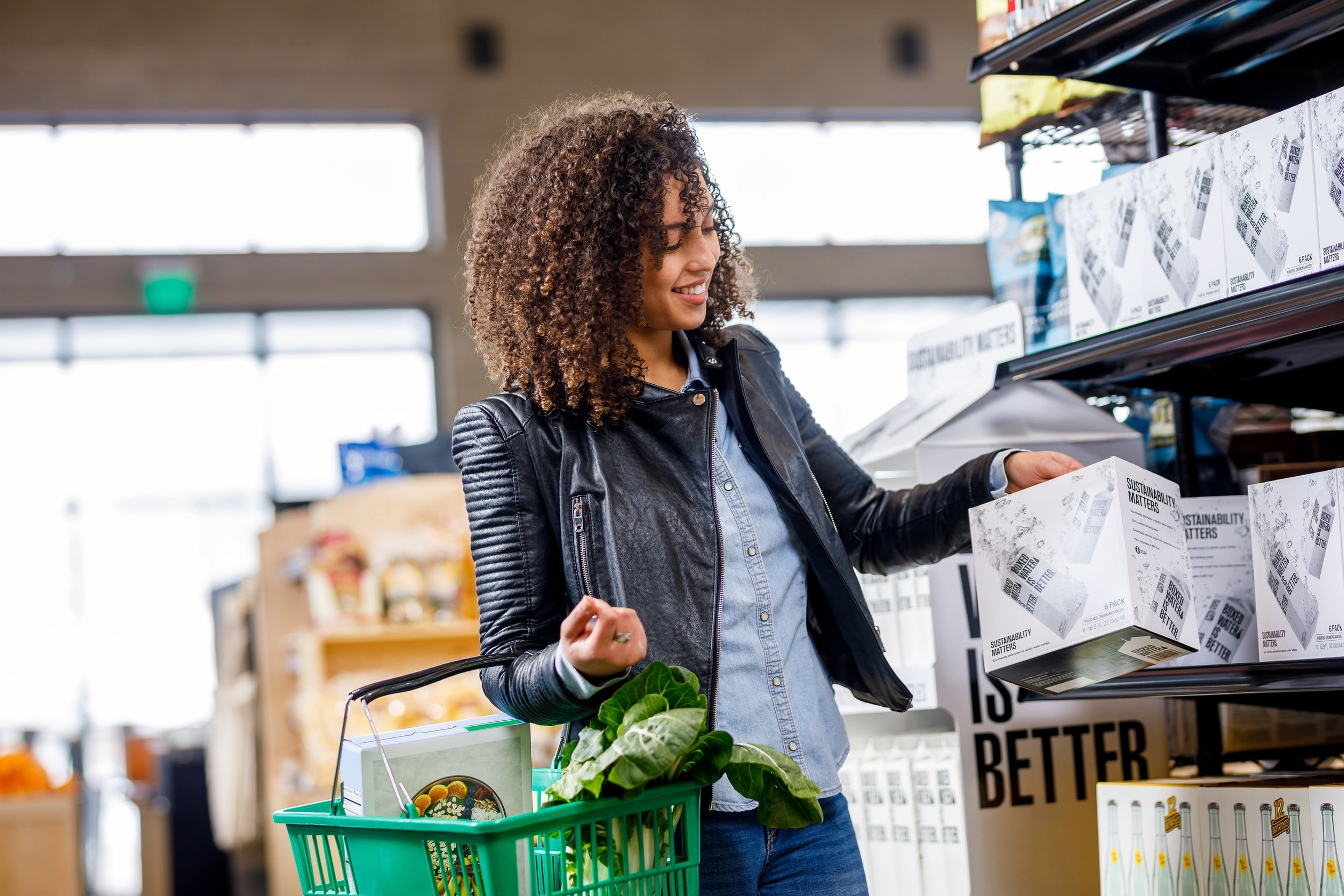
FOOD
Green Actions
The average American spends $1500 per year on wasted food. (“Wasted”)
START HERE: Top Food Actions
Buy only what you need: create a shopping list and avoid impulse buys.
Use what you buy: Devise a system to keep the oldest food in your fridge from being forgotten. Apps, a whiteboard on or next to your fridge, or a simple paper list stuck on with a magnet are all good options.
Compost: Take advantage of Beverly’s curbside compost pickup options, community compost bin, or a backyard method to compost your food waste. Composting reduces GHGs and contributes to a healthy, resilient local environment.
Buy local: When you buy locally-grown food, you reduce the overall “food miles” involved in producing and transporting food, drastically reducing associated carbon emissions.
Buy organic and free-range: Buying organically-grown produce and dairy, eggs, and meat from free-range or grass-fed animals supports biodiversity and healthier soil. Plus, many of these foods have been shown to have better nutritional value than their commercially produced counterparts.
Buy oddballs: Opt for the "ugly" produce or the “orphan” bananas that are otherwise likely to end up as food waste for the market.
Eat less meat: Consider a diet that has a lower impact on our environment.
Have a question about sustainable food choices?
Ask a Coach
Want to suggest another action? Email us
On average, a meal sourced from conventional stores produces 5-17 times more emissions than a meal sourced ‘locally’ (50 mile radius) (source)





